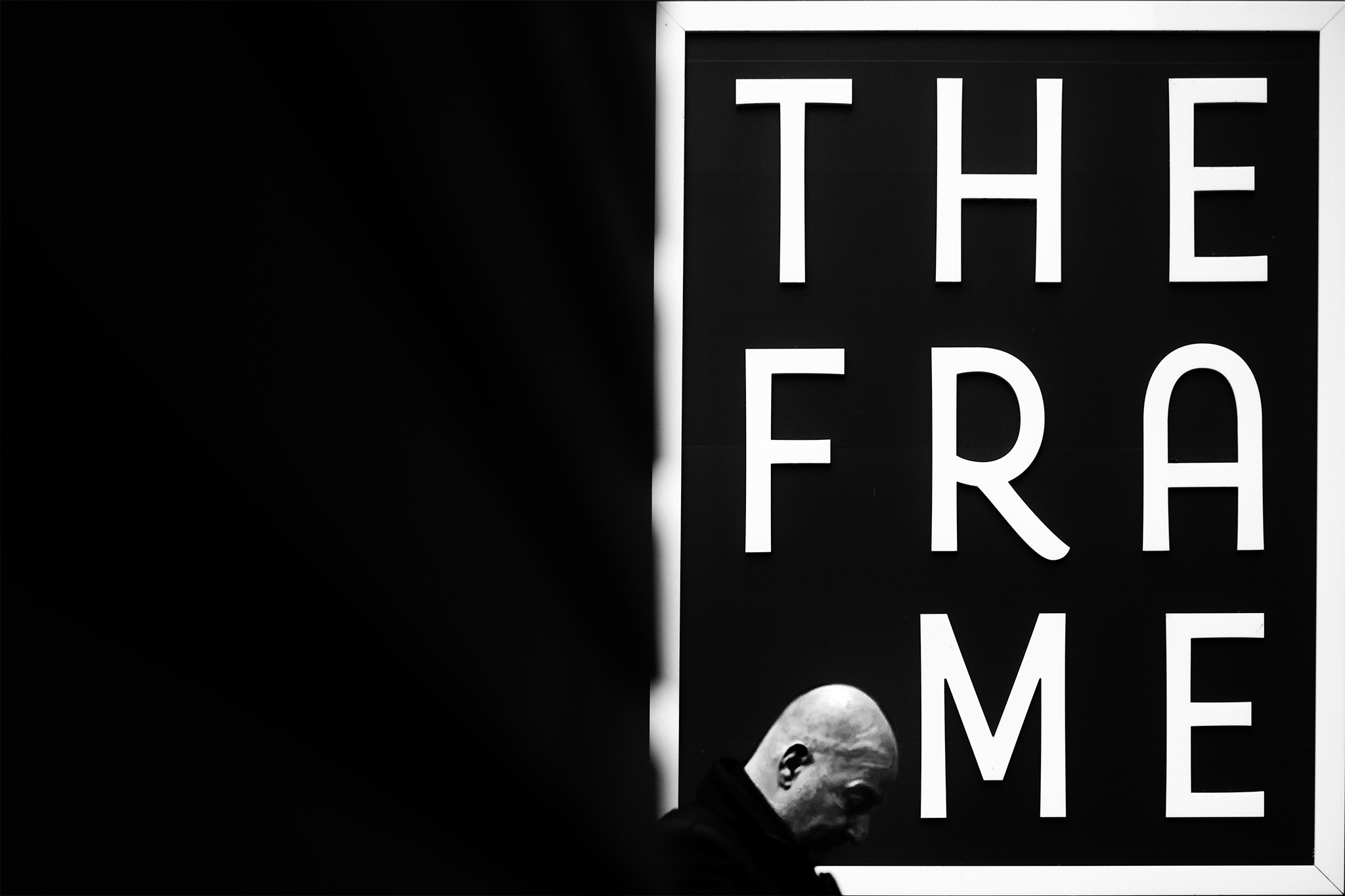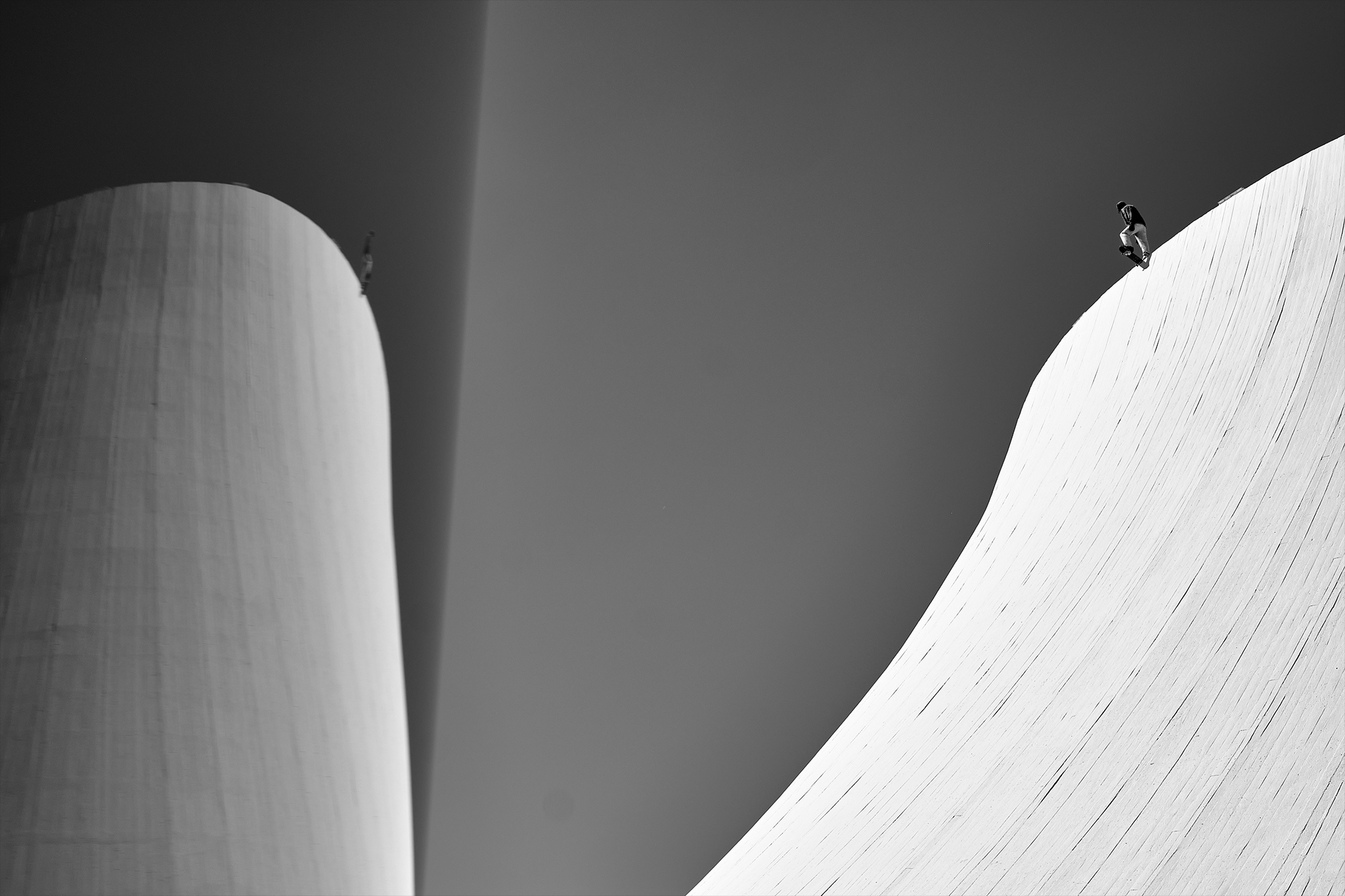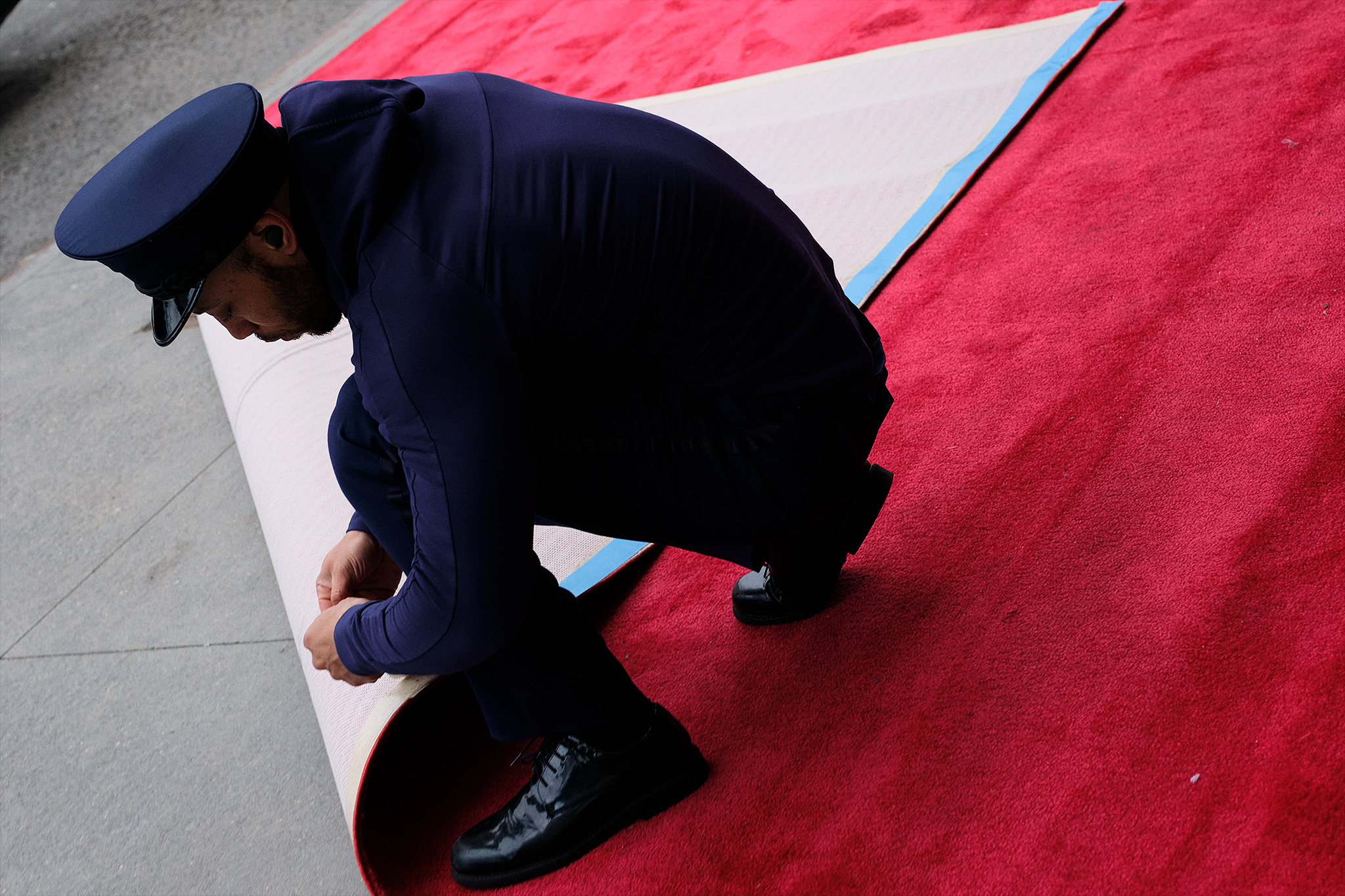 Journal
Journal
Street Photography: The Art Of Framing The Urban Canvas
Candid Glimpses of Life
Street photography—the art of seizing fleeting moments in public spaces—holds a mirror to our everyday existence. It’s about more than just snapping pictures; it’s about revealing the soul of the streets.
The Dynamic Evolution of Street Photography
Street photography is a dynamic and ever-evolving art form. It adapts to cultural shifts, technological advancements, and individual perspectives. Carolyn Drake, a Magnum photographer, wisely said, “Each photographer should define what the streets mean to them in their own way. There is no one way to define street photography.”1 Indeed, it’s a genre that thrives on diversity—a tapestry woven from countless threads of vision and creativity.
The Streets as Our Stage: A Multifaceted Genre
Street photography encompasses myriad photographers and styles. Imagine the urban theater: streets, stores, cafés—the backdrop for our visual narratives. Here, passers-by become protagonists, and fleeting moments become our scenes. Some frames are candid snapshots, frozen in time. Others unfold like essay-like sequences, revealing the ebb and flow of life. Milieu studies emerge—glimpses into the soul of a city, its rhythm, and its people.
The Unrepeatable Moment: Power and Indulgence
A street photograph captures a unique instant—an unrepeatable convergence of light, emotion, and composition. In this fleeting slice of reality, the artist’s vision takes center stage. The power lies in presenting these moments with authenticity. Each frame whispers a story—a laugh shared, a tear shed, a glance exchanged. And therein lies the indulgence—the privilege of touching hearts and stimulating curiosity.
As you explore street photography, remember that every click immortalizes a fragment of existence. The streets pulse with life, waiting for your lens to reveal their secrets.
Street photography, like other styles and periods in the visual arts such as painting, has given rise to various styles that bear similarities to or are strongly influenced by well-known art styles. Next, let’s have a look at the historic epochs and spotlight some of its well known legends
The Early Pioneers and Epochs
The Parisian Chroniclers
In the late 19th and early 20th centuries, Eugène Atget wandered the streets of Paris, documenting its architecture, alleys, and ordinary life. His lens captured the city’s essence, even when his subjects weren’t human. Atget’s legacy reverberates through time, influencing Surrealists, mid-century photographers, and Ansel Adams himself.2
Paris, where legends roamed. Henri Cartier-Bresson, the master of the “decisive moment,” immortalized human action in Parisian streets.3 His lens danced with spontaneity, freezing life’s fleeting instants. Robert Doisneau, on the other hand, reveled in playful, ironic images capturing Parisian life.4
The New York School of Street Photography
In the bustling streets of New York, a school of visionaries emerged.5 Bruce Davidson documented social inequality, immersing himself in the lives of the Brooklyn Jokers gang. David Vestal stood apart, capturing single, strongly composed images that spoke volumes. Leon Levinstein honed in on candid moments, exemplified by his iconic “Coney Island” photograph.6 Robert Frank‘s “The Americans” (1958) remains one of the most influential photographic works of the post-war era. Frank’s candid, raw style renewed street photography, emphasizing authenticity over technique. His images resonate with the humor of melancholy and the quintessential American spirit.7
La Strada: Italy’s Street Photography Renaissance
Italy’s La Strada movement blossomed in the 1960s. Both professional and amateur photographers experimented with personal style, capturing Italy’s transformation. Their images whispered stories of change, resilience, and the human spirit.8
Early Color Visionaries
Saul Leiter’s expressive color street photography challenged conventions. He used expired film, rendering New York’s streets in sharp punches of red and shadow. His work remained hidden until later in life, but it has since gained recognition and inspired filmmakers.9
Ernst Haas was an early pioneer of color photography, refusing to compromise his vision despite industry snobbery towards color at the time. Haas approached street photography with a fine-art sensibility. Rather than merely capturing the moment, he used light, color, and composition to create beautiful and powerful images. His belief that photography should be an art form elevated street photography to new heights.10
The Golden Age (70s-80s)
Street photography hit its stride during this era, where Diane Arbus, Garry Winogrand, and Lee Friedlander infused sass and personality into their frames. Their images resonated with humor, melancholy, and the quintessential American spirit. Joel Meyerowitz championed color photography, breaking away from the notion that color lacked artistry.11
The Evolution of Street Photography Styles and Subgenres
As epochs unfolded and legends left their indelible marks, street photography diversified into a rich tapestry of styles and subgenres. Some subgenres inherited legacies, while others carved their own paths. Here is a selection of predominant craftmanships:
- Documentary Street Photography:
These frames tell unmediated stories—moments frozen in time, asking questions and sparking curiosity. Think of Gordon Parks who extensively captured americas culture in terms of social justice, race relations and civil rights movement12, Bruce Davidson immersing himself in the lives of the Brooklyn Jokers gang13 while Fan Ho captured Hong Kongs soul and its transformation in the post-war era.14 Steve McCurry still tells brilliant stories from all over the world with his images.15 Their images resonate with authenticity, revealing the pulse of life. - Candid Street Photography:
Spontaneity reigns here. It’s about capturing genuine emotions—the laughter, the contemplation, the fleeting glances. Henri Cartier-Bresson mastered this art, freezing life’s decisive moments. His lens danced with the rhythm of the streets, revealing the human spirit. These days, Paola Monaris Franqui excels with candid storytelling that looks more like stills from high-budget movies than something you would expect to see in public.16 - Street Portraiture:
Faces encountered on the streets become our subjects. These portraits reveal character, vulnerability, and the beauty of imperfection. Robert Doisneau excelled at this, framing lovers stealing kisses by the city hall or children lost in play17, while Bruce Gilden stands out for his raw, boldly confrontational style characterized by intensity.18 - Minimalism:
Stripping scenes down to essential elements, minimalism invites viewers to fill in the gaps. Less becomes more, leaving room for imagination. - Abstract & Impressionistic: Here, light, shadow, and composition blend like brushstrokes on canvas. Ernst Haas elevated street scenes to art, using color and abstraction to evoke emotions beyond the literal. These frames resonate like visual poetry. Or imagine Saul Leiter’s color-drenched compositions—subtle glimpses of life amid rain-soaked streets
- Variations and Interpretations:
Street photography thrives on diversity. Some photographers embrace black and white, capturing raw grit. Others revel in color, like Joel Meyerowitz, who championed color photography’s credibility. Night photography adds mystery, while different lenses and angles offer fresh perspectives.
Connections to Art Movements: Brushstrokes of Reality
Where streets become a canvas and lenses a brush, ordinary scenes transform into art. Street photography, like a chameleon, draws inspiration from classic art movements—those familiar echoes you’ll recognize. As we explore this dynamic genre, we’ll discover traces of realism, glimpses of impressionism, and poetic twists akin to surrealism.
- Realism: Street photography mirrors reality, unidealized and raw.
Hereof, Aesthetic realism is a refined form of realism that emphasizes beauty, harmony, and visual appeal. It seeks to elevate everyday subjects by capturing them in a way that highlights their inherent aesthetic qualities. Think of it as realism with an artistic twist—a celebration of the ordinary made extraordinary.
Magic realism blurs the boundaries between the real and the fantastical. It infuses everyday scenes with magical elements, inviting viewers to question reality. In photography, magic realism might manifest as unexpected juxtapositions or subtle surreal touches.19 - Noir and Neo-Noir: Film noir, born in the mid-20th century, thrived on shadowy cinematography, morally ambiguous characters, and sinister plots. It painted a dark, gritty view of the world. Neo-noir, its contemporary counterpart, updates these themes, often synthesizing diverse genres while retaining the noir sensibility. Neo-noir directors use Dutch angles, unbalanced framing, and play with light and shadow to evoke mystery and tension. While not directly a subgenre of surrealism, neo-noir shares a similar fascination with the enigmatic and unexpected.20
- Impressionism: Brushstrokes on canvas find their parallel in the spontaneity sought by street photographers. Impressionist photography draws inspiration from the master painters of the Impressionist movement. Imagine Claude Monet and Edgar Degas wielding their brushes, infusing canvases with fleeting light, atmosphere, and emotion. Now, envision photographers doing the same—using their cameras as paintbrushes to evoke the pictorial vision of Impressionism.21
- Abstract art defies straightforward representation. It’s about more than capturing what the eye sees; it’s about revealing what the soul feels. Imagine the canvas of reality splintering into fragments—the play of light, the geometry of shapes, the textures that dance on the edge of recognition. In abstract photography, the familiar becomes elusive. The mundane transforms into visual poetry. Here, photographers seek to distill the essence—to strip away the superfluous and reveal the core. It’s like capturing the heartbeat of a moment—the rhythm that resonates beyond the surface.
- Tonalism: Light and shadow dance, creating visual symphonies in street scenes. Tonalism emerged as an art movement in the late 19th and early 20th centuries. It prioritized mood and atmosphere over detailed representation. Tonalist painters used subdued color palettes and soft lines to evoke emotion. In street photography, capturing the atmosphere of a city—the play of light, the mist, the quiet moments—echoes the Tonalist ethos. It’s about more than just documenting; it’s about evoking feelings through subtle visual cues.22
- Minimalism aims to distill art to its essential elements. In street photography, this might mean clear lines, simple compositions, and minimal elements within the frame. By reducing distractions, minimalism invites viewers to focus on the core message. It’s about saying more with less—a whispered narrative that relies on visual economy.23
- Surrealism emphasized the dreamlike, the unconscious, and the supernatural. While not a direct genre in street photography, surreal elements can emerge when photographers capture unexpected combinations of people, objects, or situations. These moments defy the ordinary, inviting viewers to question reality. Surrealism celebrates the inner world intersecting with the external landscape, much like the fleeting moments we encounter on the streets.24
The Democratization of Photography
In the age of digital technology, photography has become accessible to all. Armed with smartphones, people capture life’s fleeting moments—the laughter, the solitude, the chaos. Social media platforms serve as virtual galleries, connecting photographers across continents. The streets, once confined to film rolls, now unfold in pixels and hashtags. This democratization has sparked creativity, but it has also created a vast landscape that can be challenging to navigate.
The Landscape of Street Photography Today
Within this vast expanse, we find a diverse community of street photographers:
- Successful Street Photographers: These artists have carved their names into the genre’s history. Their frames resonate with authenticity, capturing slices of life that linger in our collective memory.
- Emerging Talents: New voices emerge, challenging conventions and adding fresh perspectives. They infuse the streets with their unique vision, pushing boundaries and redefining the genre.
- Visionaries Yet to Be Staged: Lurking in the alleys, these visionaries await their decisive moment. Their frames will whisper stories we’ve yet to hear—moments suspended in pixels, waiting to resonate.
The Ever-Evolving Genre
Street photography remains dynamic, constantly evolving. It adapts to cultural shifts, technological advancements, and the pulse of our ever-changing world. As we peer into the future, we wonder how these frames will evolve—what narratives they’ll weave, what emotions they’ll evoke. It’s an exciting journey, fueled by passion and curiosity.
Creating a Stage for Emerging Talent
Art collectors and historians play a crucial role. They seek out great photographs—images that transcend time and become icons. The archive becomes a stage—a platform where emerging talent can step into the spotlight. These photographers, armed with their lenses and vision, will shape the genre’s next chapter.
As we navigate this landscape, let’s celebrate the past, embrace the present, and eagerly anticipate the frames that will whisper stories for generations to come.
- The Joy of Seeing: Magnum Street Photography • Magnum Photos ↩︎
- https://www.theartstory.org/movement/street-photography/ ↩︎
- Biography – Fondation Henri Cartier-Bresson (henricartierbresson.org) ↩︎
- https://www.exibartstreet.com/news/robert-doisneau-the-poetic-approach-to-street-photography/ ↩︎
- https://www.theguardian.com/artanddesign/gallery/2020/dec/17/the-new-york-scene-that-changed-photography-in-pictures ↩︎
- https://www.riccardoperini.it/street-photography-definizione/ ↩︎
- https://www.santiniphotography.com/blog/the-wonderful-light-in-robert-franks-street-photography/ , https://artinwords.de/robert-frank-the-americans/ ↩︎
- https://streetphotographymagazine.com/la-strada-italian-street-photography-from-the-1960s/ ↩︎
- https://www.saulleiterfoundation.org/color ↩︎
- https://www.newyorkerlife.com/new-york-city-street-photography-by-ernst-haas/ , https://independent-photo.com/news/ernst-haas-master-of-photography/ , https://independent-photo.com/news/ernst-haas-master-of-photography/ , https://www.sherlynmaehernandez.com/ernst-haas-street-photography-with-a-unique-perspective/ ↩︎
- What Is Street Photography? A Definition & History | LSP (learnstreetphotography.com) ↩︎
- Photography Archive – The Gordon Parks Foundation ↩︎
- Bruce Davidson • Photographer Profile • Magnum Photos ↩︎
- Bio — Fan Ho Photography (fanho-forgetmenot.com) ↩︎
- Steve McCurry ↩︎
- Intro – Monaris Portfolio ↩︎
- Biografie von Robert Doisneau – Robert Doisneau auf artnet ↩︎
- BRUCE GILDEN ↩︎
- https://www.arthistory.net/magical-realism/ , https://lypophrenia.com/2011/magic-realism-in-visual-art/ ↩︎
- https://en.wikipedia.org/wiki/Neo-noir , https://filmschoolrejects.com/film-noir-subgenres/ ↩︎
- https://www.shootphilly.com/impressionist-photography-what-you-need-to-know/ ↩︎
- https://filmlifestyle.com/tonalism-art-movement/ , https://www.artsy.net/article/david-adams-cleveland-what-is-tonalism-12-essential-characteristics ↩︎
- https://www.streethunters.net/blog/2018/06/03/guide-to-minimalist-street-photography/ , https://www.thephotoargus.com/minimalist-photography/ ↩︎
- https://www.theguardian.com/artanddesign/gallery/2021/sep/28/surreal-scenes-and-broken-dreams-2021s-best-street-photography-in-pictures , https://artincontext.org/surrealism-photography/ , ↩︎


